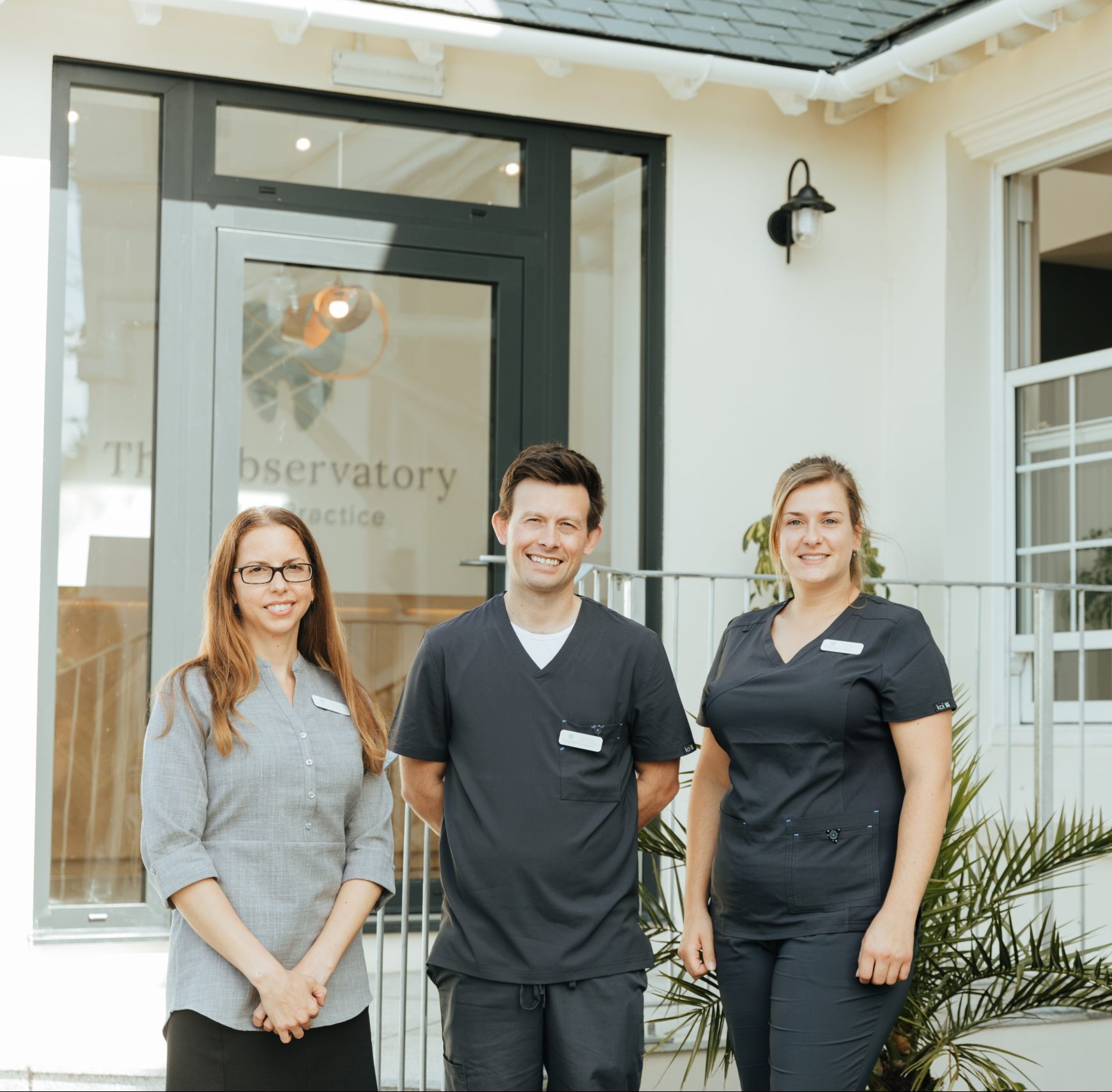

We are different from any other dental practice. Based in Falmouth, Cornwall we focus entirely on a health based and prevention led approach to support you in keeping your natural teeth for as long as possible.
We also provide advanced treatments such as smile makeovers, orthodontics, Invisalign and implants.
Request an appointment











